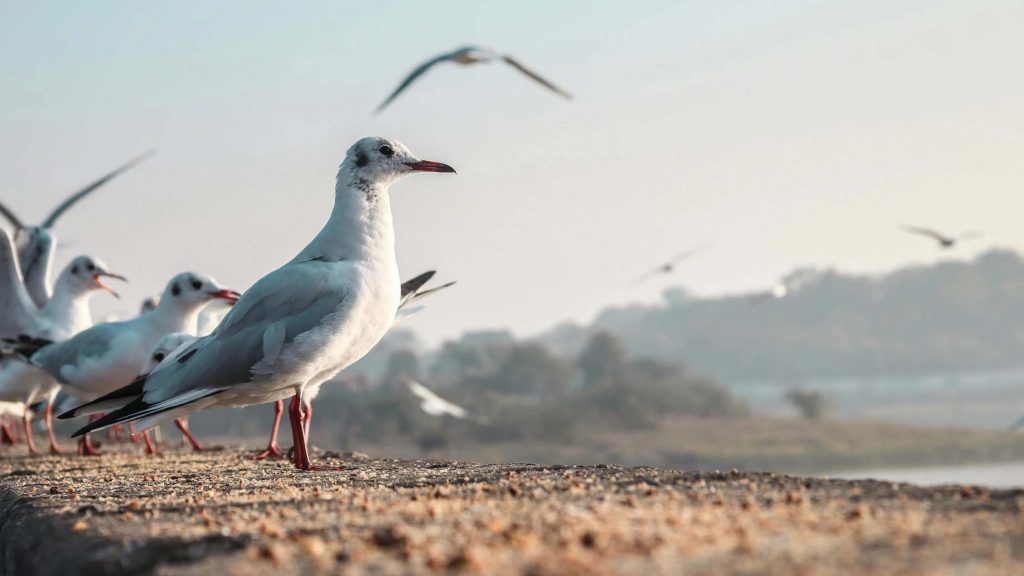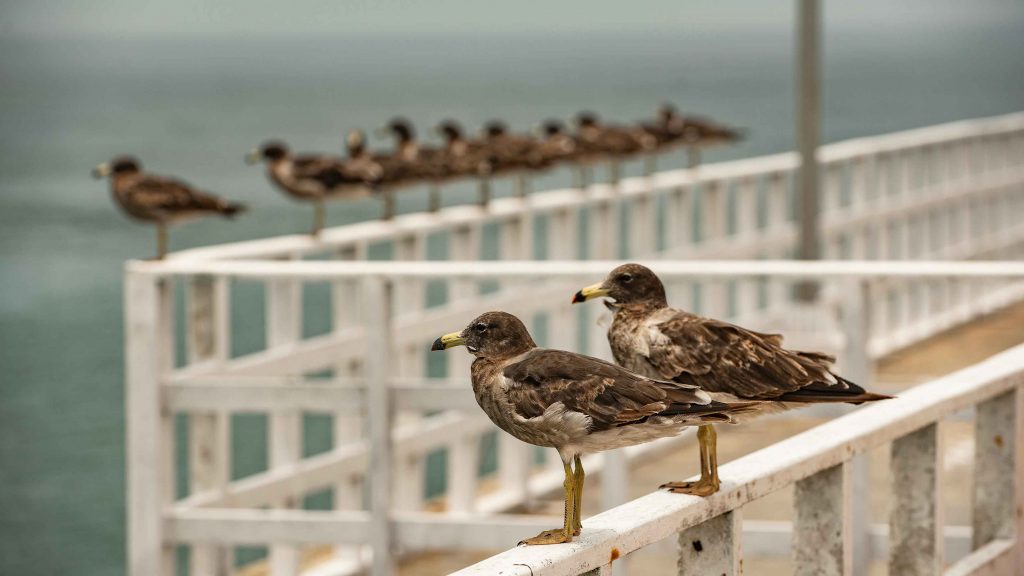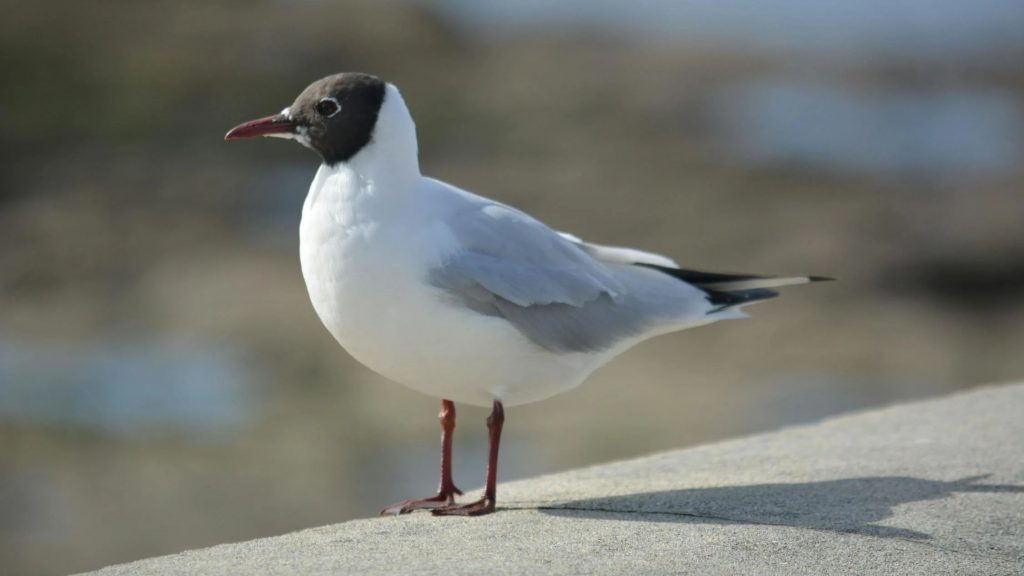With warnings about the impact of avian flu on Welsh seabird populations, what can be done?

Welsh seabirds are facing serious threats with bird flu with some populations at risk of localized extinction, according to a recent report by the RSPB,
The RSPB’s site manager for the island, Paul Morrison, told The Independent: “This is the most devastating thing to have to deal with. I’ve never seen anything like this in my life. There are simply thousands of dead birds among the vegetation wherever you look.”
The RSPB has reported that the current outbreak of HPAI affecting seabirds in Wales and other areas is part of a larger pattern of outbreaks occurring across Europe and other parts of the world. It is important to note that various factors, such as bird migration patterns, interactions between wild and domesticated birds, and environmental conditions influence these outbreaks.
On Tuesday, the RSPB confirmed with a heavy heart that the disease has reached Grassholm Island, off the southwestern coast of Pembrokeshire in Wales.

Grassholm is home to 36,000 pairs of northern gannets, making it the third-largest colony in the world. It is also near key breeding sites for puffins, guillemots, and razorbills on Skomer and Skokholm islands.
“But this isn’t the only risk they face. The seas they rely on are impacted by food shortages due to climate change and unsustainable fishing practices,” Julian Hughes told ITVX, Head of Species for RSPB Cymru, “drowning after being caught on fishing gear is also a risk.”
Wales boasts a rich and diverse range of seabird species, thanks to its varied habitats, including seacliffs and islands. The seacliffs of north and west Wales are particularly important for several seabird species. Notably, the Pembrokeshire islands are a global stronghold for the Manx Shearwater, with approximately 375,000 pairs, and they also host significant numbers of Puffins, European Storm-petrels, Guillemots, Razorbills, and a substantial colony of Gannets on Grassholm, which is one of the largest in the world.

The Welsh Government has enacted several pieces of legislation to address avian influenza. This includes orders and regulations specifically designed to manage and control the disease in birds.
These legal instruments outline the responsibilities of bird keepers, the measures to be taken in the event of an outbreak, and the protocols for reporting and dealing with infected birds.
Despite this, Julian Hughes, RSPB Cymru’s head of species, said: “Urgent” action is needed to save seabird populations in Wales.
